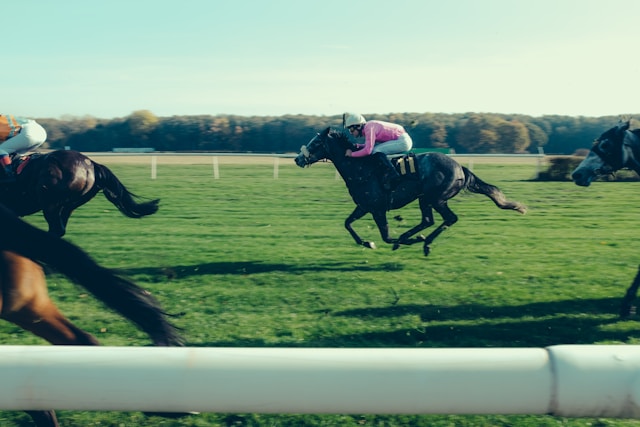Understanding horse racing odds is very important especially after Identifying a winning horse, in the exciting world of horse racing has enthralled fans for decades. But in horse race betting, the most important factor that determines a bettor’s success or failure is the odds. Knowing how to read the odds in horse racing is essential whether you’re betting on the presumptive favourites racing Curragh Today or on the up-and-coming dark horses. This article will help you learn everything about horse racing odds and how you may use them to your advantage.
An overview of the different odd formats
Horse racing odds are the basis of betting on horse races. They represent the probability of a horse winning a race and are used to determine the payout for each bet. Fractional, decimal, and moneyline odds are some ways that these probabilities may be represented.
1. Fractional odds
Odds in the form of a fraction are written as a ratio of two integers, separated by a slash (for example, 4/1). The first number indicates the potential payout from a successful wager, while the second indicates the required initial investment. If you bet £10 at fractional odds of 4/1 and it goes through, you will get £40 (i.e., £10 multiplied by 4) in your betting account.
2. Decimal odds
The odds in a decimal format may be up to two digits after the decimal point (e.g., 5.00). The amount won per unit bet (e.g., £1) is shown this way. If you wager £10 at 5.00 decimal odds and it goes through, you will collect £50 (10 pounds multiplied by 5).
3. Moneyline odds
With moneyline odds, betting lines are written as whole numbers only (+400, -200, etc.). If the number is positive, more money can be won for the same amount of money staked (for example, if the number is +400, 400 units can be won for a stake of 100 units). If the number is negative, more money must be staked for the same amount won (for example, if the number is -200, then 200 units must be staked for a win of 100 units).
Uncovering favourites and underdogs
The notion of favourites and underdogs is important when making wagers on horses. According to the odds offered by bookmakers, a favourite is a horse with the highest probability of winning. Horses with long winning streaks, solid results in their most recent races, and skilled riders tend to be the odds-on favourites. However, an underdog is a horse considered less likely to win by bookmakers and gets lower odds than the favourites.
Factors affecting horse racing odds
The amount of money bet on each horse, the track conditions, the experience and ability of the jockey, and the horse’s historical performance all play a role in determining the betting lines or odds. The history of a horse is the most important component in establishing its odds. It contains its total victory percentage and its records at different distances and tracks.
The track conditions also determine horse racing betting lines. For instance, faster horses may have an edge over those who do better on drier tracks if the conditions are wet or muddy. The ability and expertise of the jockey also play a role in determining the outcome of a horse race. A rider with a higher win percentage will likely be chosen over one with a lower one.
In conclusion, you may confidently navigate the world of horse race betting if you understand the basics of odds, recognize major elements that impact them and use solid betting tactics. Whether you’re a seasoned pro or just getting started, you can always get on the saddle, take a chance and allow your enthusiasm for horse racing to lead you on an exciting betting journey.



